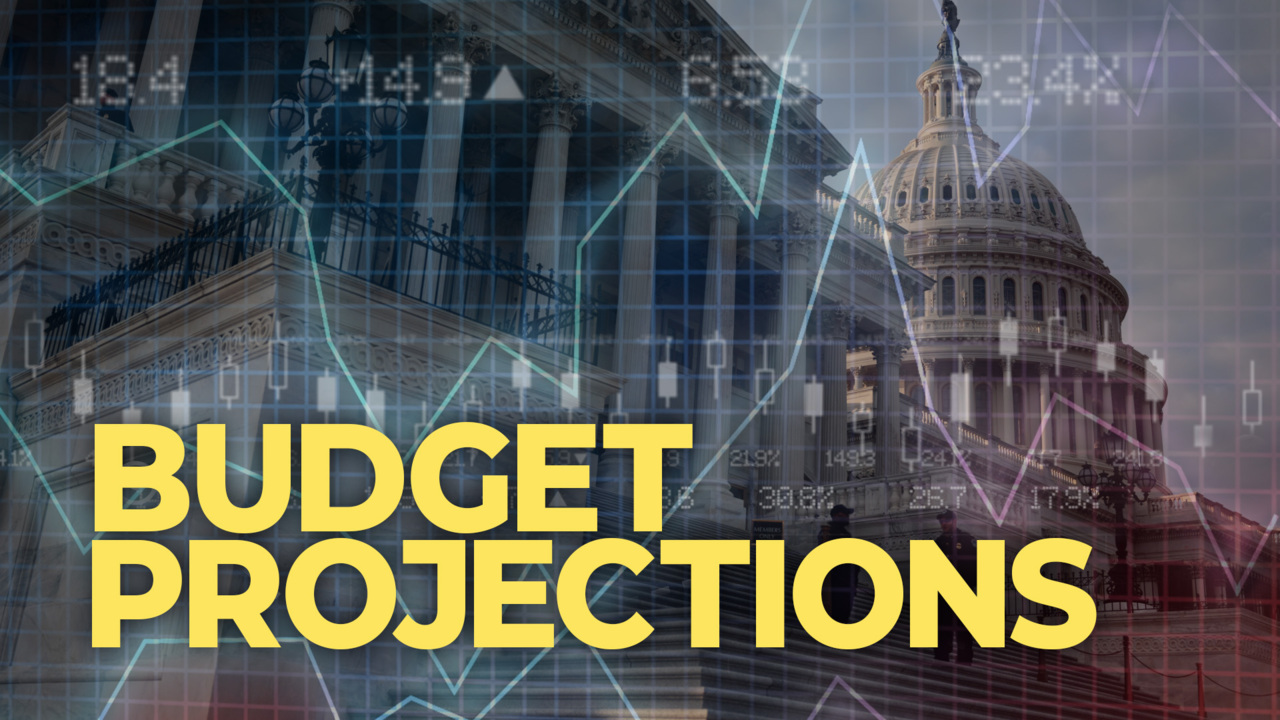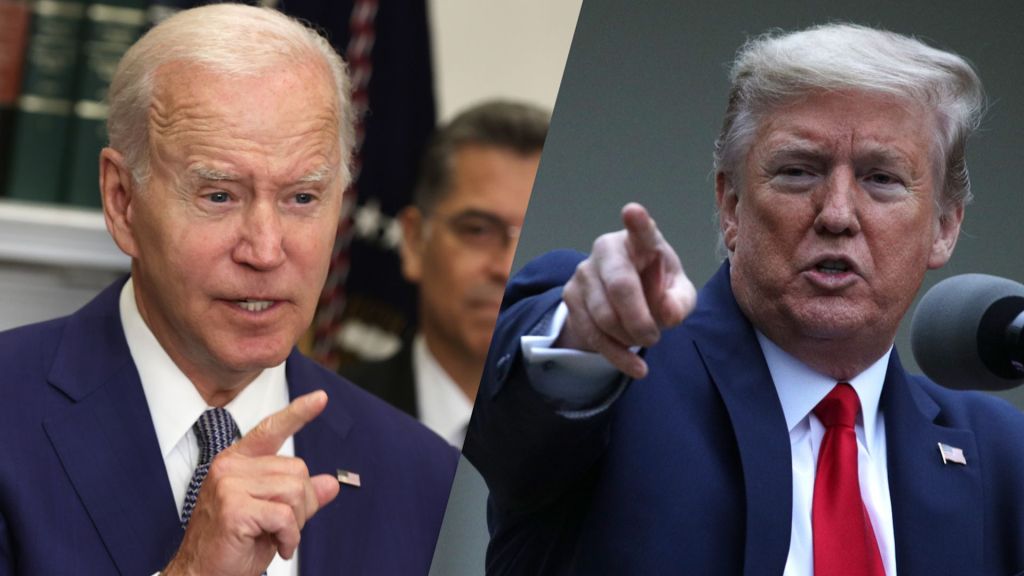
WHEN IT COMES TO THE FEDERAL BUDGET, GOVERNMENT PROJECTIONS RARELY MATCH UP WITH REALITY. AND AS THE FEDERAL BUDGET FOR FISCAL YEAR 2023 AND BEYOND GETS IRONED OUT, SOME ECONOMISTS ARE CRYING FOUL.
THERE ARE TWO FEDERAL AGENCIES THAT CREATE FEDERAL BUDGET PROJECTIONS: THE CONGRESSIONAL BUDGET OFFICE OR “CBO,” AND THE OFFICE OF MANAGEMENT AND BUDGET, OR “OMB.”
THE CBO SCORES CONGRESS’ BUDGET. THE OMB SCORES THE PRESIDENT’S.
THERE ARE THREE BIG FACTORS IN DETERMINING THE FEDERAL BUDGET AND ACCOMPANYING DEFICITS WHICH ARE GROWTH, INFLATION AND INTEREST RATES.
THE CBO PROJECTS THE US ECONOMY WILL GROW 3.1 PERCENT BY THE END OF THE YEAR. IN MARCH, THE OMB PROJECTED THE GROWTH TO BE AROUND 3.8 PERCENT.
NOW, FOR MANY ECONOMISTS, THOSE NUMBERS SEEM OVERLY OPTIMISTIC CONSIDERING THE U.S. ECONOMY THROUGH THE FIRST HALF OF THE YEAR HASN’T GROWN AT ALL.
Dr. Ernie Goss: “It really means this economy that was growing at a brisk pace is now slowing down. It’s clear from all the data that is coming in, that this is a tough period for the US economy right now.”
WHILE THE GROWTH REMAINS MOSTLY FLAT, INFLATION CONTINUES TO RISE. THE CBO PROJECTS INFLATION IN THE CONSUMER PRICE INDEX THIS YEAR WILL BE 4.7 PERCENT, DROPPING TO 2.7 PERCENT NEXT YEAR. THE OMB HAS INFLATION HITTING 2.9 PERCENT THIS YEAR AND DROPPING TO 2.3 PERCENT NEXT YEAR.
Dr. Ernie Goss: “It’s not going to come down that quickly there. There are too many supply chain disruptions, the global increase in prices, you got China now gearing back up and pushing up commodity prices. Most commodity prices are still up significantly.”
TREASURY BILLS, OR “T-BILLS”, ARE WHAT THE FEDERAL GOVERNMENT USES TO FUND ITS DEBT AND PAY EXPENSES. WHEN INVESTORS BUY A T-BILL, THEY’RE ESSENTIALLY LENDING THE GOVERNMENT MONEY.
THE CBO THINKS A THREE-MONTH T-BILL WILL HAVE AN AVERAGE YIELD OF 0.9 PERCENT. THE OMB PROJECTS 10-YEAR T-BILL RATES TO GO FROM 2.1 PERCENT THIS YEAR TO 2.5 PERCENT NEXT YEAR.
NOW IN ORDER TO HIT THOSE NUMBERS, GROWTH NEEDS TO BE STRONG AND INFLATION HAS TO FALL DRAMATICALLY.
BANKS USE YIELD RATES ON T-BILLS TO DETERMINE THEIR OWN LENDING RATES. IF THOSE RATES REMAIN HIGH, THEN CONSUMERS WILL ALSO BE PAYING MORE EVERY TIME THEY BORROW MONEY.
Dr. Ernie Goss: “I don’t see it rebounding. The latest numbers from first time claims for unemployment insurance are now trending upward. We’ve got companies out there laying off. They’re still hiring some, but many are laying off because of what we’re seeing in terms of interest rates, what we’re seeing in supply chain disruptions, I would argue that almost all the CBO’s projections for 2023 are too optimistic.”
WHAT DOES THAT MEAN?
WITH SLOWER GROWTH, HIGHER INFLATION AND HIGHER BORROWING COSTS, THE FEDERAL DEFICIT AND DEBT ARE GOING TO BE MUCH HIGHER THAN PROJECTED. LATER THIS YEAR, WHEN THE CBO AND OMB UPDATE THEIR PREDICTIONS, MANY WILL BE SURPRISED BY THE RESULTS.
DON’T BE.
TODAY’S OPTIMISTIC PROJECTIONS WON’T LAST LONG. AND AS DR. GOSS IS QUICK TO POINT OUT, THE CBO AND OMB ARE ESSENTIALLY MAKING PREDICTIONS ABOUT THE FUTURE. AND AS YOGI BERRA ONCE SAID, “IT’S TOUGH TO MAKE PREDICTIONS, ESPECIALLY ABOUT THE FUTURE.”






